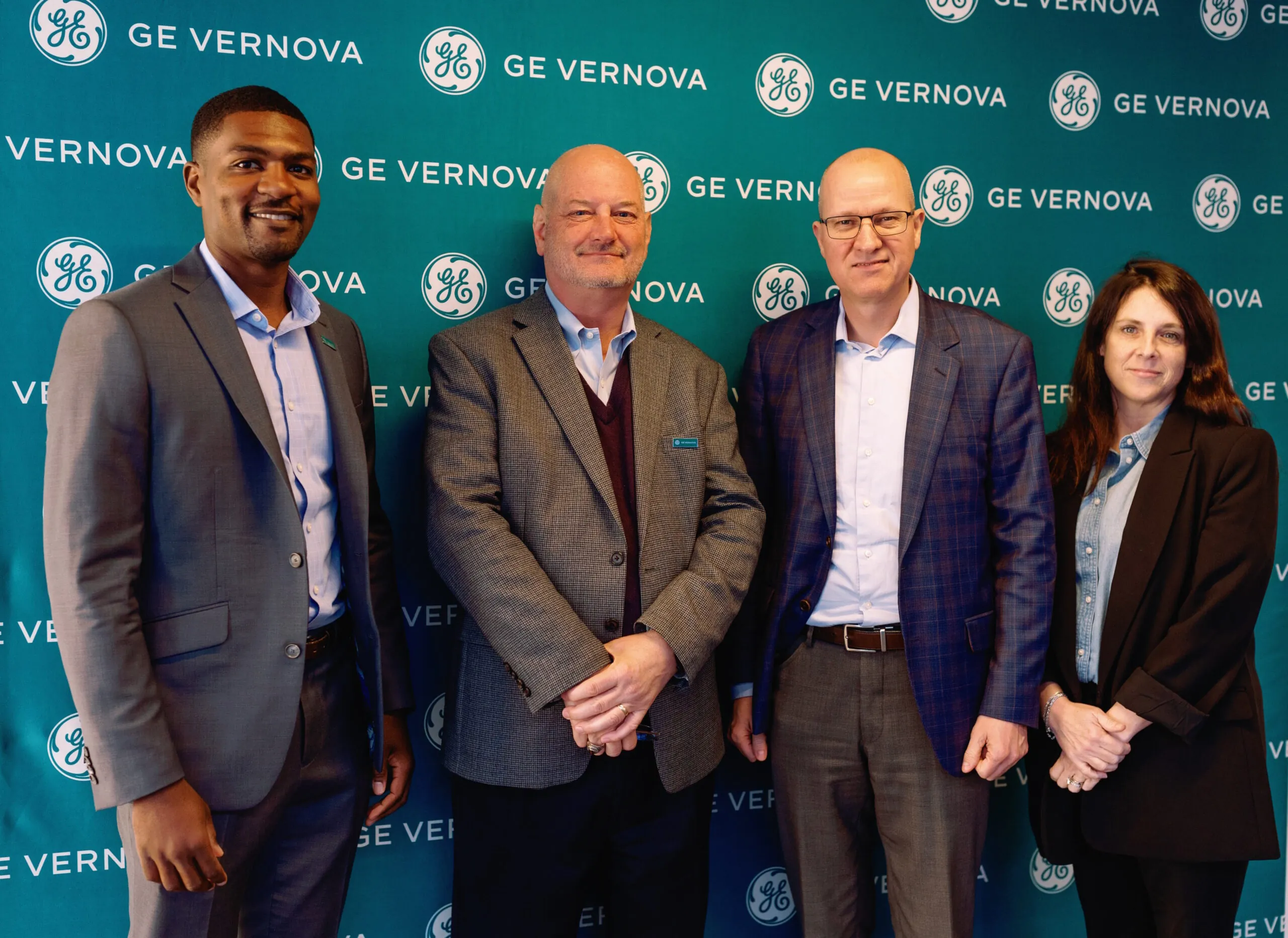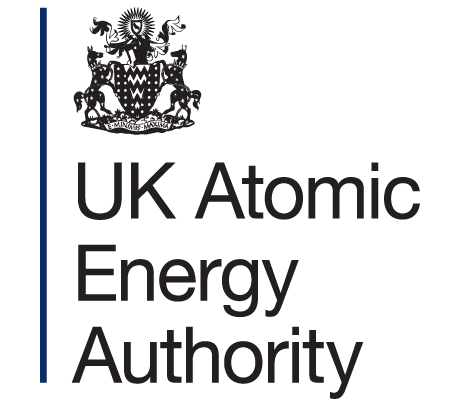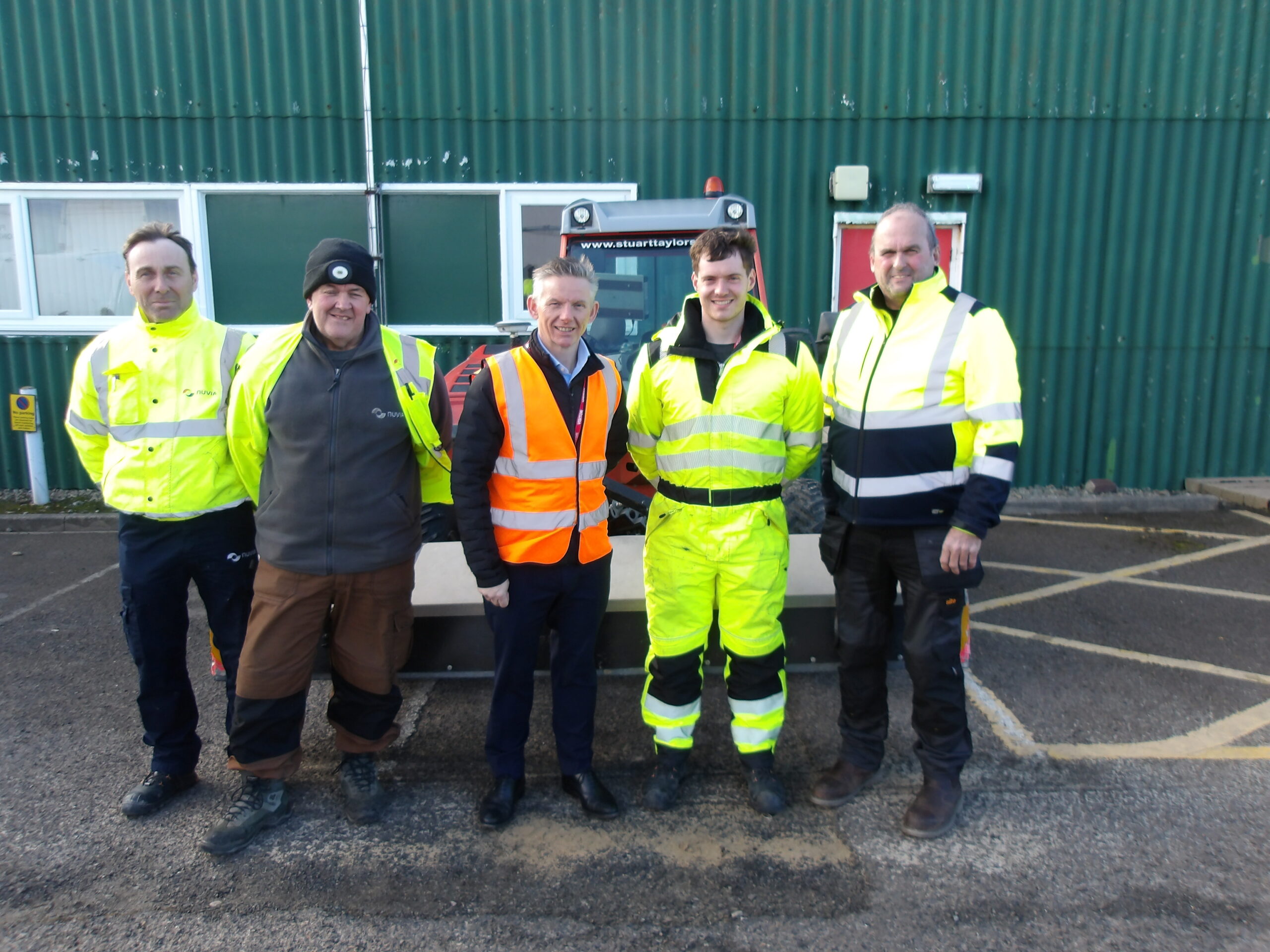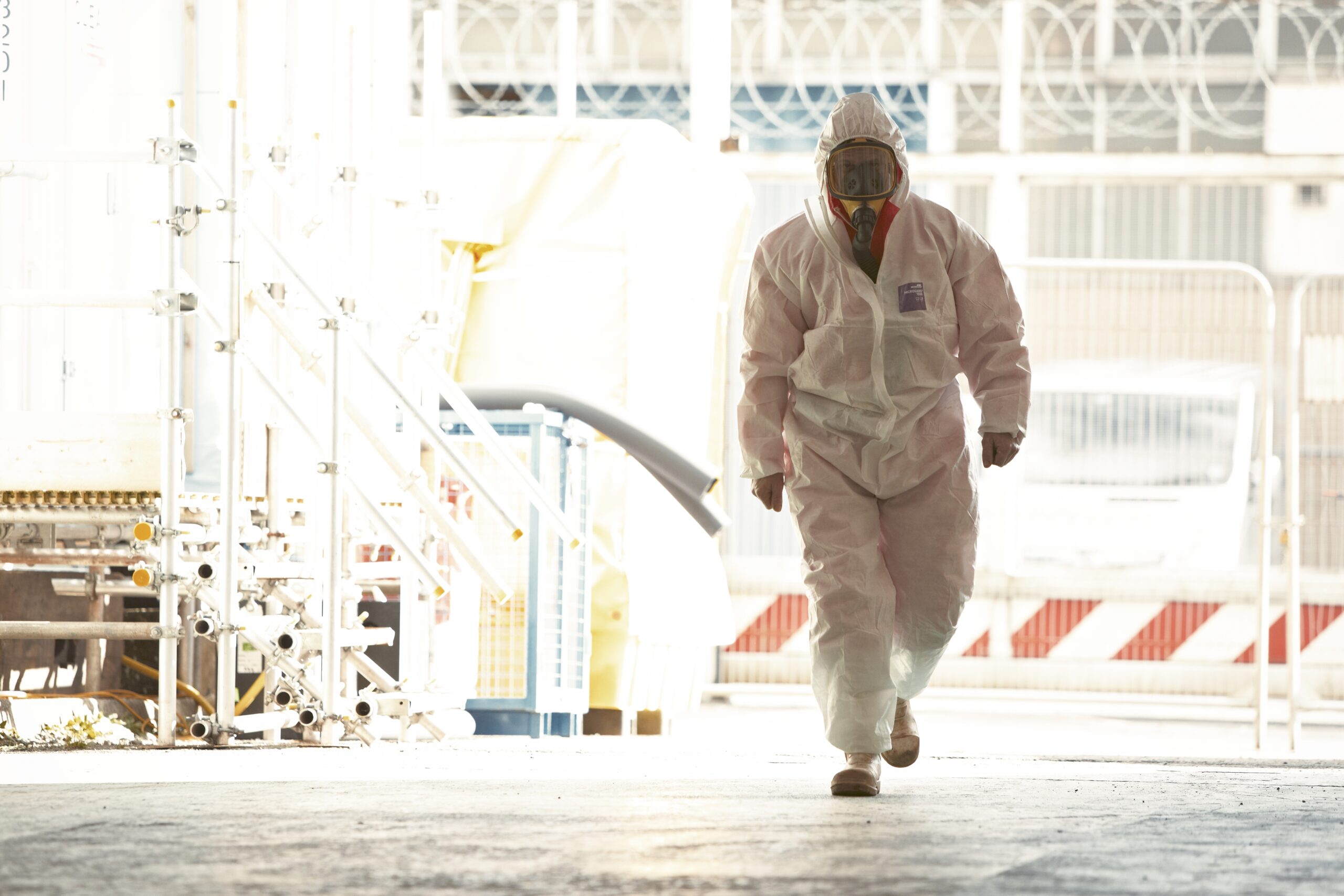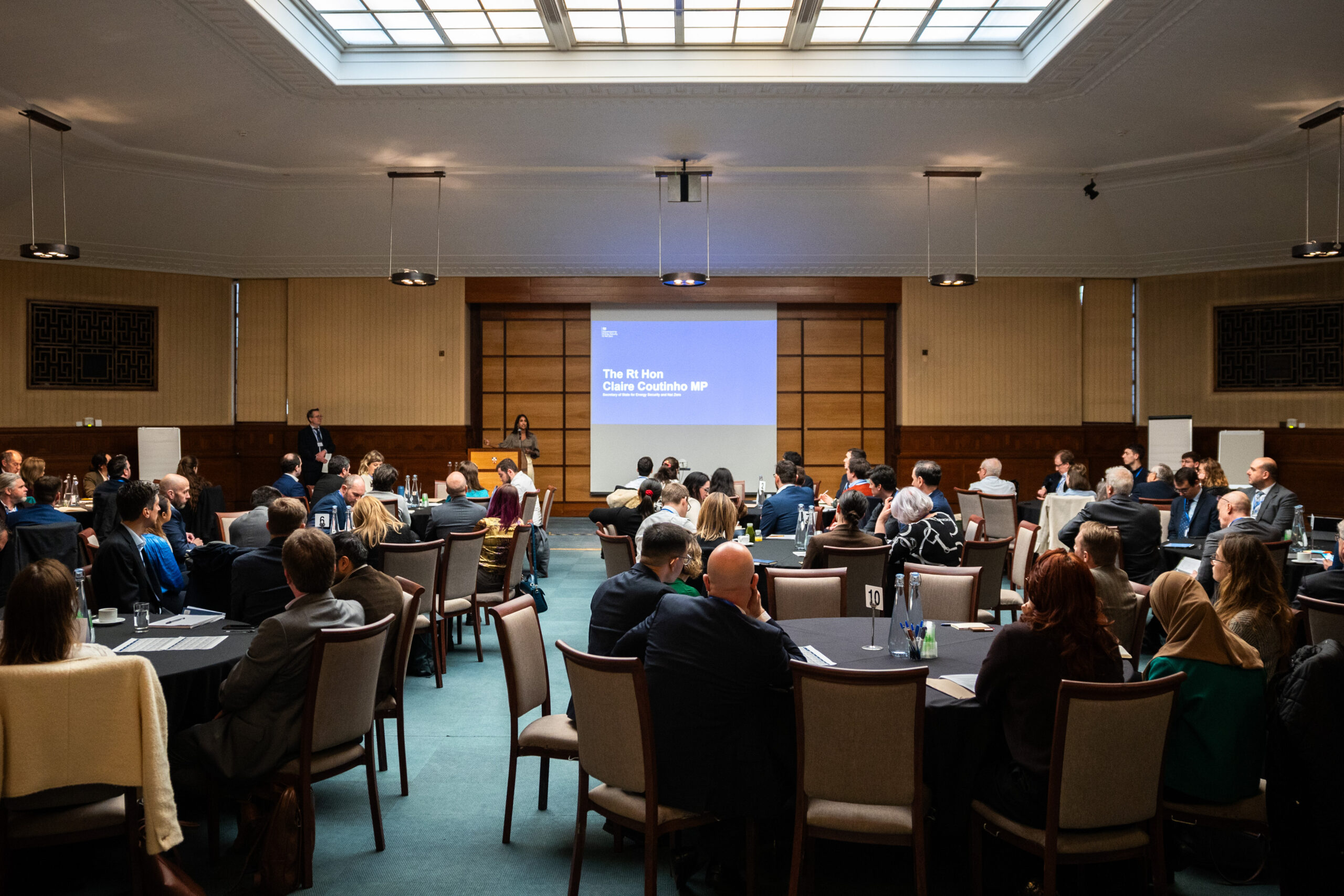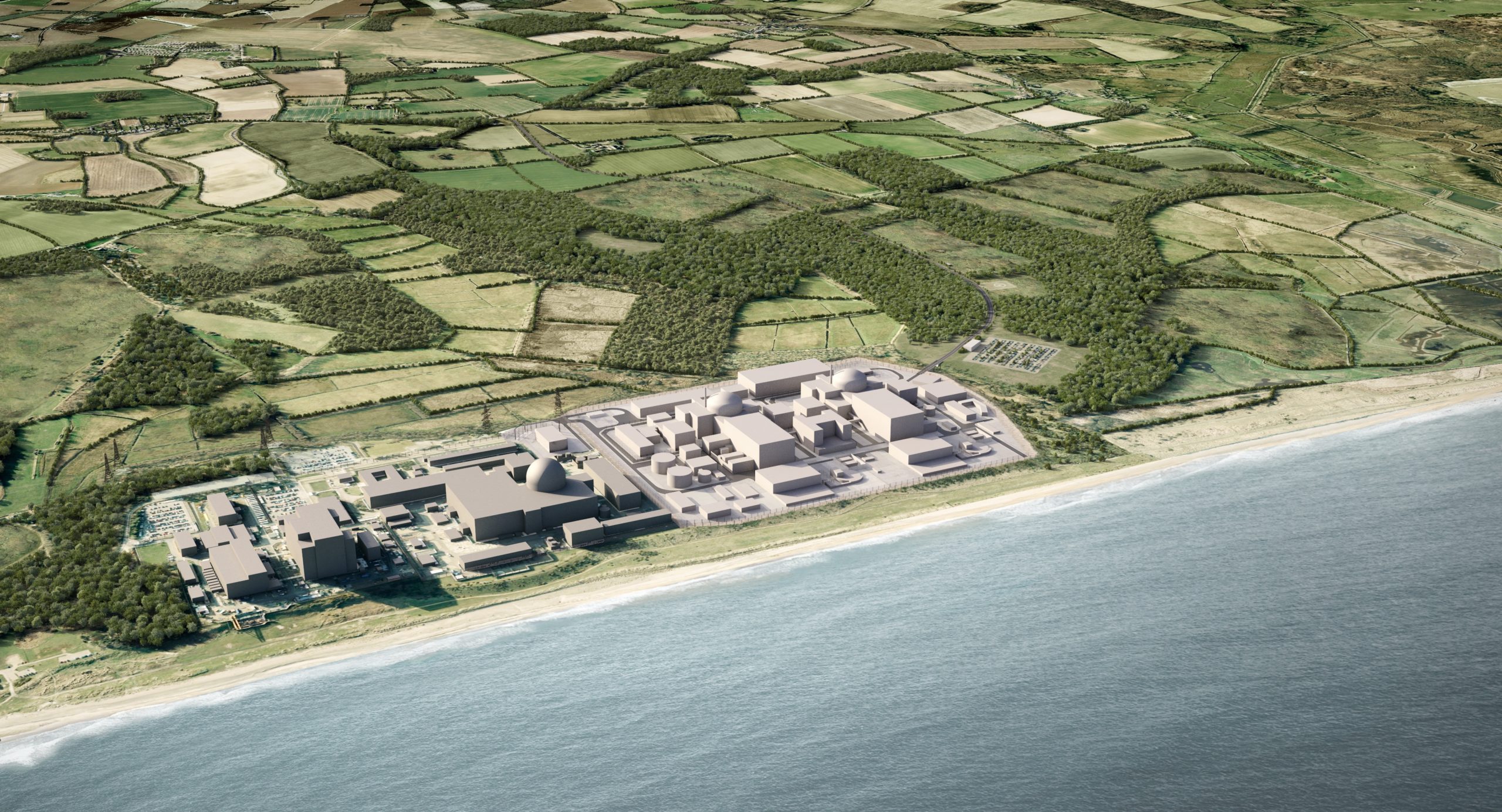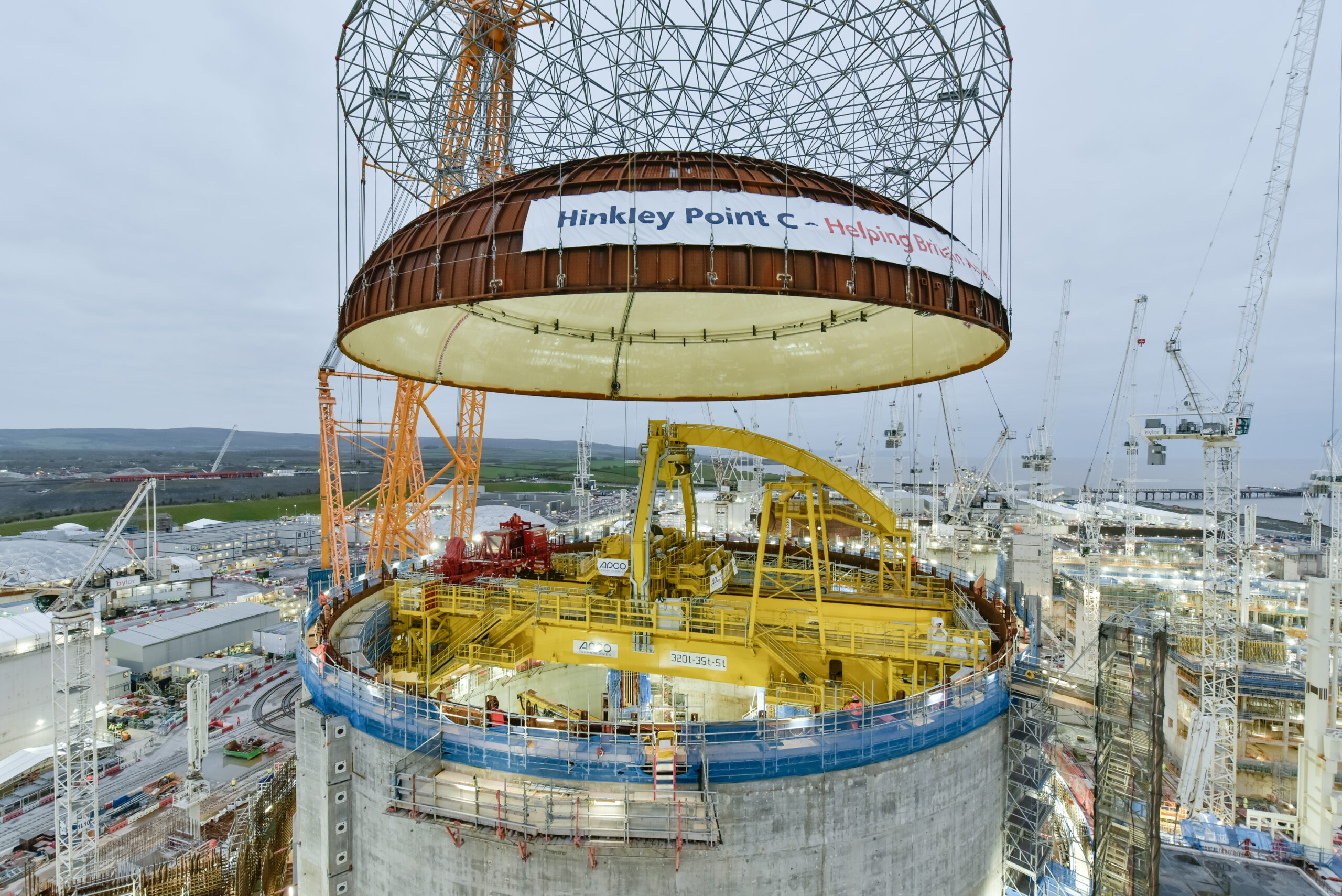newcleo’s Lead Fast Reactor first new design to be submitted for consideration for almost a decade
Evaluation of potential benefits and detriments is required for in-principle justification of any new nuclear practice
The Nuclear Industry Association has applied for a justification decision for newcleo’s lead-cooled fast reactor, the LFR-AS-200. Our application makes the case that the benefits of clean, firm, flexible power from the LFR-AS-200 would far outweigh any potential risks, which are in any event rigorously controlled by robust safety features, including passive safety systems, built into the design and incorporated into the operating arrangements, in line with the UK’s regulatory requirements.
The application also demonstrates that the reactor design would support nuclear energy’s contribution to a stable and well-balanced electricity grid, which is essential to reduce consumer bills and maintain economic competitiveness.
Justification is a regulatory process which requires a Government decision before any new class or type of practice involving ionising radiation can be introduced in the UK.
A justification decision is one of the required steps for the operation of a new nuclear technology in the UK, but it is not a permit or licence that allows a specific project to go ahead. Instead, it is a generic decision based on a high-level evaluation of the potential benefits and detriments of the proposed new nuclear practice as a pre-cursor to future regulatory processes.
This is the first ever application for justification of an advanced nuclear technology in the UK. The UK Government has confirmed that the application has been accepted for consideration, and the Department for Environment, Food and Rural Affairs will support the Secretary of State in their role as the justifying authority responsible for the justification decision.
Tom Greatrex, Chief Executive of the Nuclear Industry Association, said:
“Advanced reactors like newcleo’s lead-cooled fast reactor design have enormous potential to support the UK’s energy security and net zero transition, so we were delighted to apply for this decision.
“This is an opportunity for the UK Government to demonstrate that it backs advanced nuclear technologies to support a robust clean power mix and to reinvigorate the UK’s proud tradition of nuclear innovation. We look forward to engaging with the Government and the public throughout this process and to further applications for new nuclear designs in the future.”
Stefano Buono, Chief Executive Officer of newcleo, said:
“This is an important milestone in our development programme and a vital step forward in our delivery plan for the UK. We’re of course delighted to be the first ever Advanced Technology to be submitted to the justification process and the first reactor design to be considered since the last wave of large-scale designs, almost a decade ago.
“We continue to progress our UK plans at pace – aiming to deliver our first of a kind commercial reactor in the UK by 2033. We are but one player in the new nuclear renaissance and we look forward to working with Government and the rest of the sector to develop the robust supply chain that can deliver the UK’s ambition of 24GW of nuclear power by 2050.”
ENDS
Notes to editors
- The Justification of Practices Involving Ionising Radiation Regulations 2004, as amended, can be found here: The Justification of Practices Involving Ionising Radiation Regulations 2004 (legislation.gov.uk). The regulations require that any new practice that produces ionising radiation is justified by an evaluation of the potential benefits and the potential detriments.
- Justification applications, including this one, are listed here: Justification of Practices Involving Ionising Radiation application register.
- DEFRA will now conduct a process of internal review and consultation with a number of statutory consultees.
- The Nuclear Industry Association, as the representative body of the UK civil nuclear industry, often makes justification applications, because justification is generic decisions can be relied upon by anyone and are not personal to individual reactor vendors or project developers. The NIA was applicant for the Advanced Boiling Water Reactor (ABWR) designed by Hitachi, the Advanced Passive 1000 (AP1000) reactor designed by Westinghouse and the European Pressurised Reactor (EPR) designed by AREVA (now Framatome).
- The UK has five generating nuclear power stations, providing around 15% of the country’s electricity from 5.9 GW of capacity.
- According to the United Nations Economic Commission for Europe, Carbon Neutrality in the UNECE Region: Integrated Life-cycle Assessment of Electricity Sources, nuclear power has the lowest lifecycle carbon footprint, lowest lifecycle land use, and lowest lifecycle impact on ecosystems of any electricity generating source.
About the NIA
The NIA is the trade body of the UK civil nuclear industry, representing more than 270 companies operating across the sector.
Links
Visit our website: https://www.niauk.org/
Follow the NIA on X @NIAUK and LinkedIn
For further information, please contact:
Iolo James
Head of Communications
[email protected]
+447517108023
